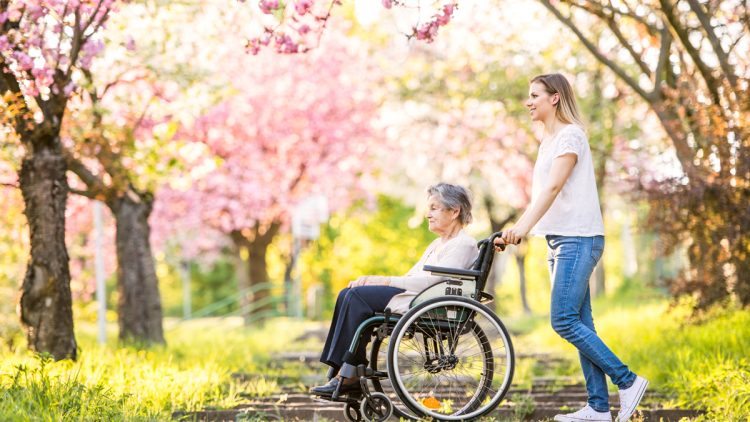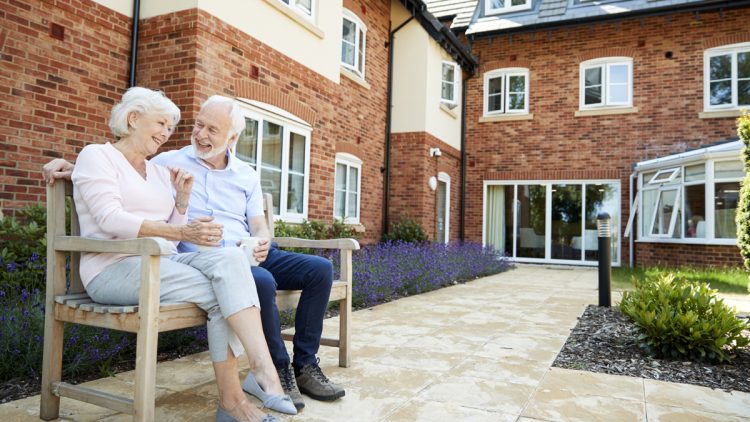Do People Ever Leave Hospice Care?
It’s common for a hospice to let a small number of patients go before they die—about 15% of patients do this. But research from certain new for-profit organizations shows that the rate of people leaving hospice care alive is now double that level or more, and it has been going up in recent years. Patients who are not close to death are more profitable because they usually don’t need many services.
When Are Patients Discharged From Hospice?
If a patient moves out of the hospice’s service area or if there is a reason for discharge, such as when someone gets healthier while being treated under hospice care, they may also need to be discharged from hospice services. The condition is not healed because the patient has to be terminally ill to be admitted in the first place. However, with the right care and attention, some patients are able to get well enough to live longer than the 6-month diagnosis.
Is Medicare Involved In This Decision?
As of October 1, 2014, when the hospice election ends with discharge, the hospice must send a notice of termination/revocation of election (NOTR) to the Medicare contractor within five calendar days of the effective date of the discharge or revocation. This is unless the hospice has already sent a final claim for the beneficiary. When a patient is released or cancels their hospice election, general coverage under Medicare Part A starts up again.
Most hospice care in the US is paid for by Medicare. In 2013, it spent $15.1 billion on hospice care for 1.3 million individuals. In the last few years, the federal government has tried to get back more than $1 billion from hospices that lawyers say billed Medicare for patients who weren’t close to death.
Medicare guidelines say that after then, the patient must be recertified every 60 days, which means that a doctor must say that the patient is expected to die within six months of the disease running its natural course. If there are no indicators of further decline, hospice has the right to decide whether a patient is no longer eligible for hospice and may discharge a patient if it finds that the patient no longer meets the program’s requirements. But before that may happen, the hospice doctor must write a discharge order, and if the patient has a doctor who is responsible for their care, there should be a note in the clinical record that this doctor was consulted before the discharge.
Six Months Or More
Patients who are discharged from hospice because their health has stabilized and they are not anticipated to die from their illness in the next six months can go back to hospice treatment at any time if their health starts to get worse again. After they leave hospice, they are no longer covered by Medicare for hospice care. They will then be covered by Medicare again until they decide to go back to hospice care if they become eligible.
More On Hospice Discharge
The hospice must do everything it can to fix these difficulties before it can consider discharging a patient. The hospice must keep detailed records of all the steps it takes to fix the problem(s) in the patient’s clinical record. It must also follow the rules set by the Medicare contractor and the State Survey Agency about how to notify the patient of their release.
Canyon Winds Retirement Offers Memory Care In Mesa, Arizona
Canyon Winds Retirement is an assisted living facility in Mesa, Arizona. To schedule a tour of our assisted living facility, contact SLS Communities or for more information please call us today at 480-780-1037.
More Articles About Senior Living
- Best Core Exercises For Seniors
- When Might Be The Best Time To Start Saving For Retirement?
- How Much Does Memory Care Cost?
- Independent Senior Living Near Me
- Things To Do In Mesa AZ For Seniors
- If An Employer Does Not Offer A Retirement Plan…
- Memory Care Facilities Near Me In Arizona
- Home Safety Checklist For Seniors
- Games For Seniors
- Assisted Living Facilities Near Me
- Retirement Party Ideas For Coworker
- Covid-19 Vaccine: What Seniors Need To Know
- Retiring In Arizona Pros And Cons
- 5 Crafts For Seniors With Dementia
- Top 5 Best Part Time Jobs For Seniors At Home
- How To Retire Early At 45 – Steps To Retirement
- How To Talk To A Parent With Dementia
- Assisted Living Vs Memory Care
- Assisted Living Pros and Cons | Advantages & Disadvantages
- How To Pay For Assisted Living With Medicare
- How Much Does Assisted Living Cost in Arizona?
- Retirement Wishes For A Boss
- How Much Does Assisted Living Cost In Mesa, Arizona?
- Independent Living Cost Arizona
- How Much Does Independent Living Cost?
- What is Memory Care?
- Benefits of Assisted Living
- Benefits of Independent Living
- Moving from Assisted Living to a Memory Care Facility
- Outdoor Activities For Seniors
- What Is Independent Living?
- What is Assisted Living?
- Retirement, Quotes, Sayings and Wishes
- How To Find A Retirement Community In Mesa, Arizona





